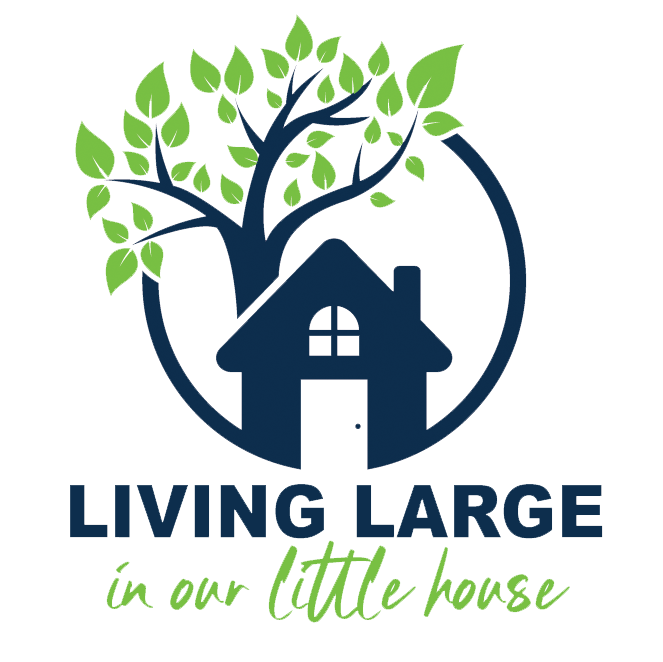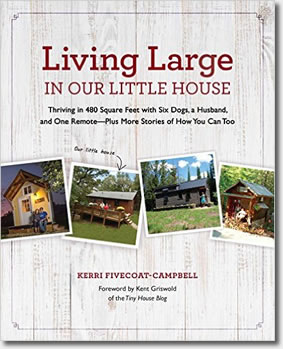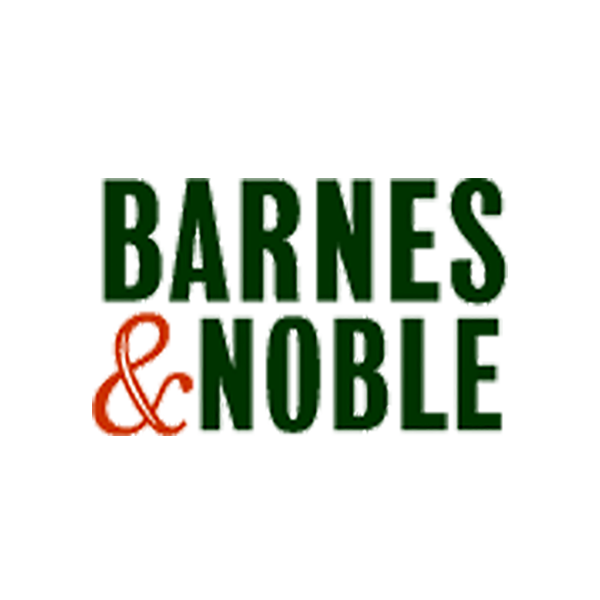Christmas and Cookies Go Together
Today, we have a guest post from Brette Sember, author of the new book, Cookie: A Love Story: Fun Facts, Delicious Stories, Fascinating History, Tasty Recipes, and More. Brette also authored “The Organized Kitchen” and “The Muffin Tin Cookbook,” both excellent kitchen books for small house lovers. She has an excellent gift guide on her website, http://PuttingItAllontheTable.com pairing all of her books with other great gift ideas for the holidays.
For lots of people, it’s not Christmas without cookies. Our kids leave cookies out for Santa, we spend weeks baking and decorating our cookies, and there’s always a cookie plate at any party. The gingerbread man has become synonymous with Christmas. But how did cookies come to be such an important symbol of Christmas?
Gingerbread
Cookies have been around a long time (they probably originated as drops of grain paste spilled on hot rocks around a fire), but they became associated with Christmas in Europe in the 1500s. Gingerbread was a similar food, but laws restricted its baking to guildsman, however at the holidays these regulations were relaxed and people were allowed to bake their own at home, making a very special once a year treat. Gingerbread originated in the Crusades and was originally made using breadcrumbs, boiled with honey and seasoned heavily with spices. It was pressed onto cookie boards (carved slabs of wood with religious designs) and dried. Gingerbread evolved to become more secular and to use more modern ingredients. Eventually it became associated with Christmas when speculaas (gingerbread cookies) were made into animal and people shapes and used as holiday decorations.
Cookie Trees
Germans are also responsible for associating Christmas trees with Christmas cookies. As early as 1597, Alsatians hung oblaten (decorated communion wafers) on their tannenbaums. Americans hung Barnum’s Animal Cracker boxes on trees in the 1800s (the boxes were designed for this purpose). Today some people hang faux gingerbread men on their trees, continuing the tradition.
Cut Out Cookies
Cut outs are the cookie that is almost universally associated with the holidays in the US. We can trace these cookies back to mumming, a Christmas tradition in colonial areas where the Church of England was influential. In mumming, Christmas stories are acted out and food was used to help depict the stories. Yule dows were cut outs often in the shape of the baby Jesus as part of this tradition.
In the 1800s, Pennsylvania Dutch children created large cut out cookies as window decorations. Around this same time, Yule dows became popular again and were called Yule dollies. They were made with tin cutters and shaped like people, elaborately decorated with icing (like today’s gingerbread men). The face was always made out of a scrap of paper cut out of magazines, which had to be removed before the cookie was eaten. They were controversial because some factions felt the cookies were not religious enough (i.e., not depicting Jesus).
In the 1840s, Santa became associated with Christmas, and dollies representing him, with a scrap face, were made. Some of these cookies were so beautifully decorated that they weren’t actually meant to be eaten (like today’s gingerbread houses). Yet another connection to Santa comes from the Dutch, who believed that pepernoten cookies were thrown around on Christmas by Black Peter, Saint Nicholas’ helper.
Moravian Cookies
Moravians were a Protestant sect that formed in the 1740s and were known for creating pyramids of cookies as Christmas decorations for their Christmas Eve services. Today, spicy Moravian cookies are part of Christmas for many people.
Cookies for Santa
Ever wondered why size-challenged Santa is left cookies to fuel him on his one-night journey? Historians believe the tradition began during the Depression, as a way for parents to encourage generosity in their children. The tradition stuck, and Santa isn’t in danger of needing a smaller suit any time soon.
Here’s my favorite Christmas cookie recipe, handed down for several generations:
Gai’s Sugar Cookies
1 cup butter
2 cups sugar
2 eggs
1 cup buttermilk
4 cups flour
1 tsp baking soda
1 tsp salt
¼ tsp vanilla
Preheat the oven to 375 degrees. Cream the butter and sugar, then mix in the adds. Add buttermilk and dry ingredients alternately. Add vanilla. Place the dough in the freezer for several hours or up to two months. Roll out the dough to ¼ inch thickness and cut with cookie cutters. Bake for 8 to 10 minutes. Frost when cool.
If you don’t want to frost the cookies, cut them out with a round cookie cutter and dampen the top with an egg wash and sprinkle with sugar, or simply press a whole pecan in the center.
What is your favorite cookie recipe and do you do cookies for the holidays?









I’ve always thought the cookies for Santa is such a sweet tradition – an offering of goodwill as well as a treat for someone bringing you a treat, who has been working all night on his deliveries!
I always thought so too, Merr, although I don’t remember doing this as a child.
I’ve always wondered about gingerbread cookies–thanks for the info. Now I’m hungry
I’ve always loved gingersnaps.
When I was a child we had twisted candy cane sugar cookies and Martha Washington candies at Xmas.
Those sound wonderful, Melanie.
This looks like a great recipe to try. Thanks for sharing it!
Good luck trying it, Alisa!